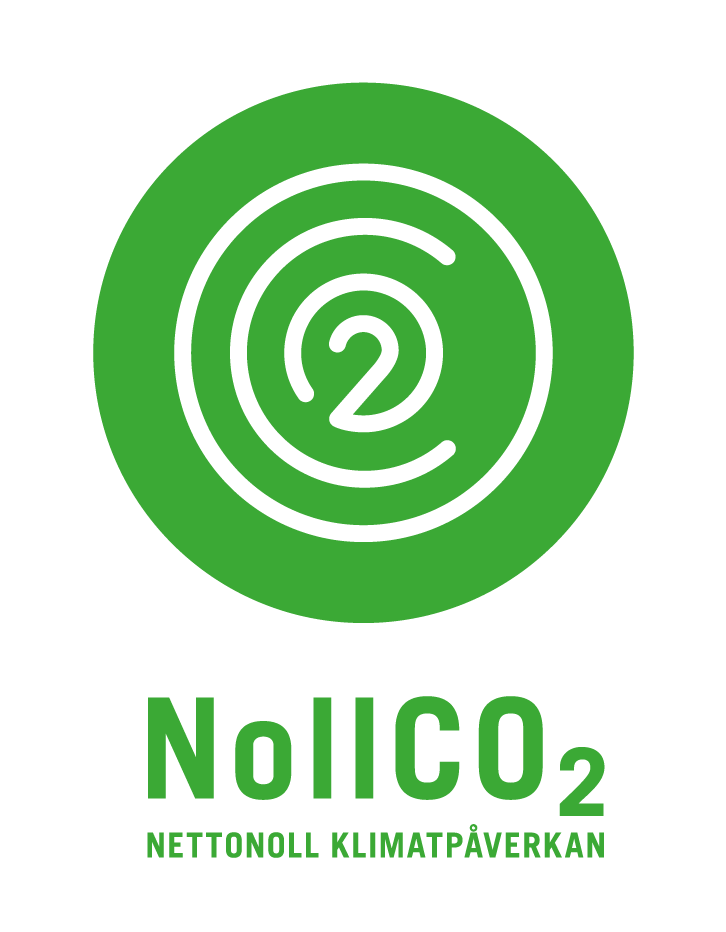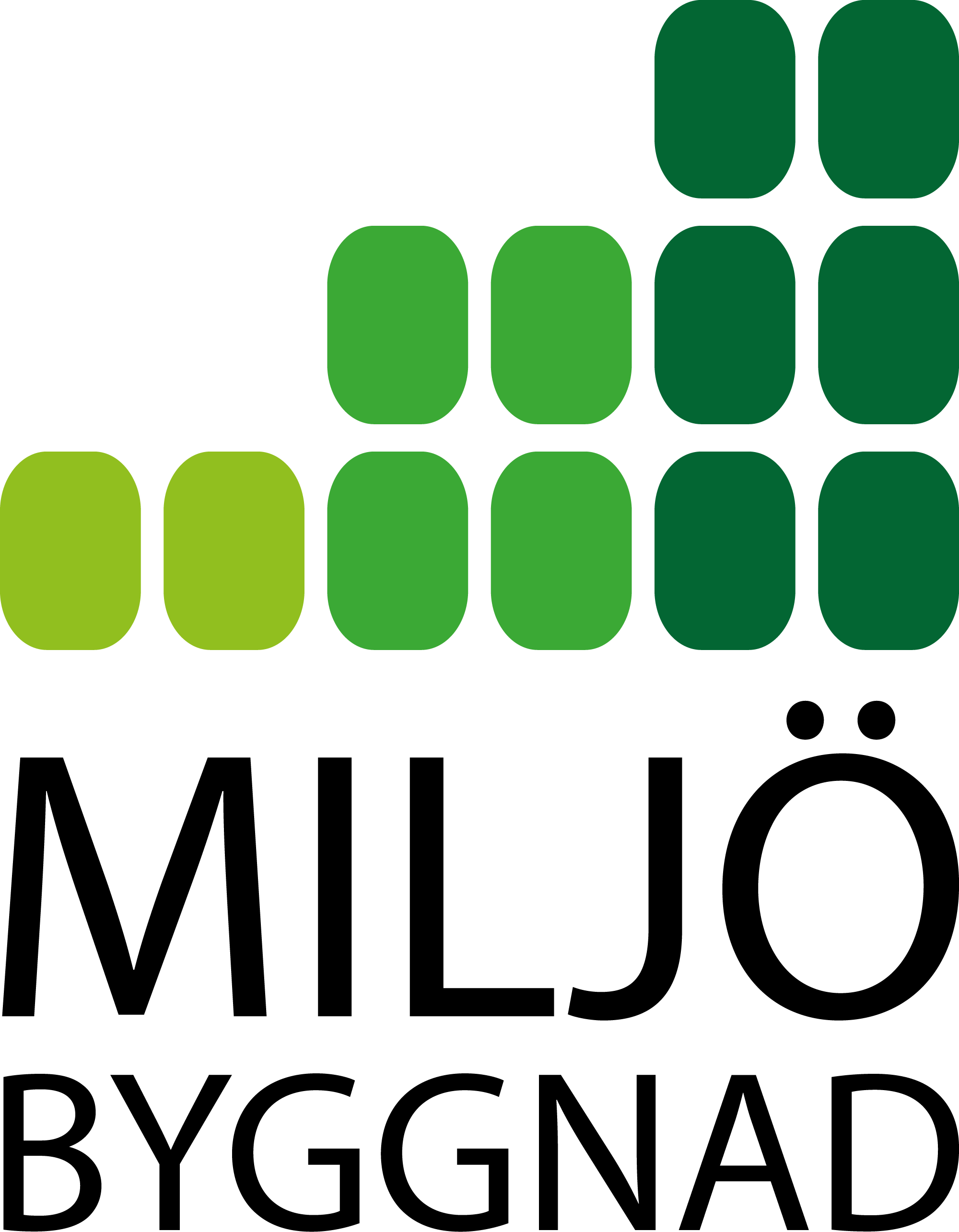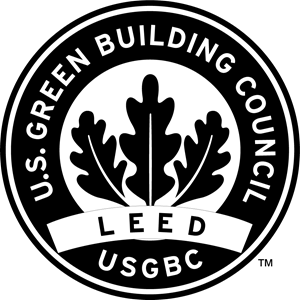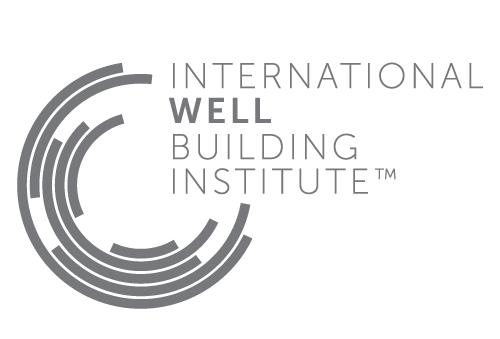Sustainability certifications
One key building block in the property industry’s sustainability initiatives is certifications. Essentially all new major office blocks and logistics buildings have some form of certification today. Castellum primarily uses Miljöbyggnad level Gold, for new constructions and more extensive reconstruction. For existing buildings, the goal is LEED O+M, level Gold.
Page menu
Certification guide
Sustainability certifying an office building means taking responsibility for a sustainable future. But it is much, much more than that. A sustainability certified building has lower energy consumption, has a higher value on the market, and is more attractive to tenants and employees who are becoming increasingly environmentally aware. There are several different kinds of sustainability certifications, which involve third-party audits of sustainability programs and the building’s sustainability performance. Castellum has chosen to work with the following:
Our certifications
Miljöbyggnad (Swedish environmental building)
A Swedish system that certifies buildings in energy, indoor environment and building materials. It also includes health and safety aspects. The system has three levels – Gold, Silver, and Bronze – and is used for both residential and commercial premises.
![]()
BREEAM
From the UK, and together with LEED is the most commonly used sustainability certification system in the world. The system evaluates and rates the overall environmental impact of buildings. BREEAM In-Use is used to certify existing buildings.
LEED
From the US, and together with BREEAM is the most commonly used sustainability certification system in the world. The system evaluates and rates the overall environmental impact of buildings. The certification has four levels: Certified, Silver, Gold, and Platinum. Using LEED O+M, existing buildings can be certified with a focus on operation and maintenance.

NollCO2
To promote a reduced climate impact in the construction sector in Sweden, the Sweden Green Building Council (SGBC) has produced the NollCO2 certification. The certification is intended to reduce climate impact during the production phase by at least 30 per cent compared with traditional construction. The building will have a net-zero climate impact throughout its life cycle.
WELL
This certification is based on scientific studies, and the standard was developed by the WELL Building Institute (IWBI), based in New York. WELL certifies the social sustainability of a building, focusing on health and wellness. The WELL standard is founded on ten concepts known to affect health. In addition to certifying individual buildings, companies can join the WELL at scale and get a coherent grasp on health and wellness in a larger number of buildings simultaneously.




